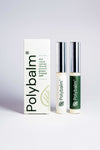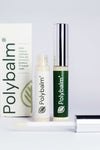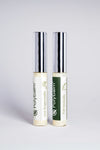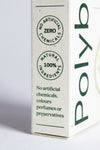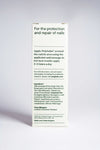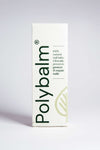Nail Damage Causes
There are many reasons why our nails may be weak and brittle, lift off our nail bed, or be damaged. Cancer treatment, menopause, acrylic nail manicures and nutritional deficiencies all can cause nail damage.
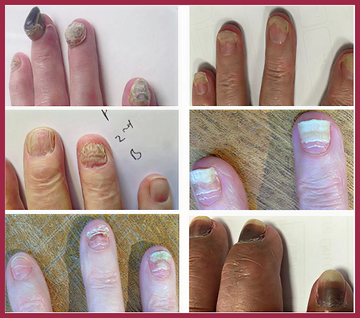
The Impact of Nail Damage
Nail damage is not only unsightly, affecting our morale, body image and quality of life, but moderate to severe damage can make even simple tasks painful – such as typing, opening containers, buttoning clothes.
In addition, nail damage can increase the risk of secondary infection (a particular concern in people who have low white blood cell count).

Early Signs of Nail Damage

Brown Lines

Tingling Sensation

Mild Pain
Nail damage can occur on both finger and toes, though it’s often noticed first on the toes due to the pressure from walking and standing.
Common Causes of Nail Damage
Learn how Polybalm repairs each type of damage
Nail Damage Cause
Treatments such as chemotherapy, immunotherapies, hormone and targeted therapies can kill nail stem cells and reduce blood supply to the nail bed. As a consequence, disfiguring nail damage is common, especially following regimens containing taxanes, anthracyclines and Talvey.
How Polybalm Helps
Clinically proven nail protection. Polybalm protects, strengthens and restores nails damaged by chemotherapy—reducing or eliminating pain, discomfort, and unattractive visible changes.
Chemo Nails: Nail damage is the 2nd most common side effect of chemotherapy, after hair loss – yet it's often underrecognized and undertreated.
The type and severity of Chemo Nails is variable, but it often includes discoloration, peeling, splitting, bleeding, infection, and in some cases complete nail detachment – many of which are very painful to the patient.
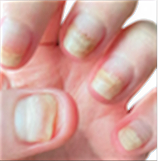
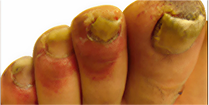
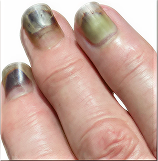
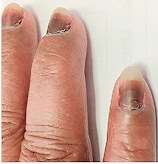
Clinical Evidence
Nails are made by living stem cells and, because they are dividing rapidly they are especially susceptible to chemotherapy 1,2,3. Treatments such as chemotherapy, immunotherapies, hormone and targeted therapies can slow cancer growth, but they can also kill nail stem cells and reduce blood supply to the nail bed (due to the treatments’ anti-angiogenetic (preventing blood vessel growth) and inflammatory properties1,2,3,4). As a consequence, disfiguring nail damage is common, especially following regimens containing taxanes, anthracyclines and Talvey.
80%
of patients undergoing treatment with taxanes and anthracyclines could experience nail damage*. And 50% could experience 'SEVERE' nail damage*.
57%
of patients receiving Talquetamab (Talvey), in trials, experienced nail-related adverse events**
30-40%
of patients on taxane treatment could suffer Onycholysis (nail detachment)***
Nail Damage Cause
Hormonal changes can quickly thin nails, making them brittle and dull and easy to break.
How Polybalm Helps
Polybalm deeply nourishes nails with natural ingredients and oils, restoring thickness, flexibility, and a healthy shine.
Menopause brings significant hormonal changes that can affect the health and appearance of nails. Studies suggest that 50% to 60%* of women going through menopause experience nail problems. Reduced estrogen and progesterone levels can cause nails to become brittle, dry, and prone to splitting. Collagen loss during menopause also weakens nail beds, leading to less healthy nails, slower growth, less brilliance and greater susceptibility to damage from everyday activities.
*North American Menopause Society (NAMS)
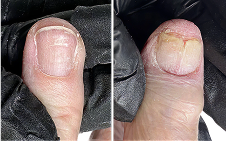
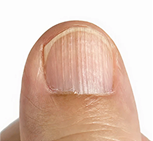
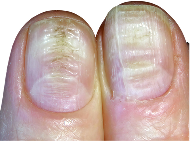
The Menopause Nail Challenge
- Hormonal shifts reduce nail moisture and flexibility, increasing brittleness
- Decreased blood flow to extremities slows nail growth and repair
- Loss of collagen impacts nail strength and smoothness
- Increased risk of nail ridges, peeling, and cracking
- Lifestyle factors (diet changes, medication, stress) can worsen nail health
Nail Damage Cause
Gels, glues, acrylics, and harsh chemicals strip keratin, leaving nails weak, thin and damaged.
How Polybalm Helps
The 100% natural botanicals in Polybalm nourish chemically stressed nails, restoring vitality and resilience.
Many nail salons are now using Polybalm® and are reporting interesting feedback from clients. They say that they feel their nails look and feel stronger and their cuticles look healthier. Most report their nails can be shaped better and do not flake, split or crack at the ends.
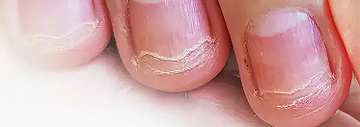
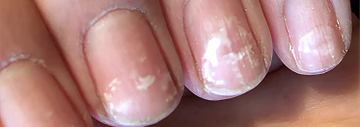
Professional Salon Feedback
"Since using Polybalm®, my nails look and feel wonderful – I stopped for 3 months and totally regret it as they went back to their usual flakey form. Now that I have restarted, they feel great again, albeit with a 3-month delay."
— Melanie from Mill Hill London
Other Common Causes
Nutritional Deficiencies
Nail Damage Cause
A lack of essential vitamins and nutrients weakens nail structure. Additionally, for those with eating disorders, restricted diets and stress can thin and distort nails.
How Polybalm Helps
Polybalm’s concentrated all-natural botanical support restores resilience while nutrients replenish your nails internally.
Daily Wear & Tear (Jobs, Sports, Hobbies)
Nail Damage Cause
Constant impact and exposure often chips and splits nails.
How Polybalm Helps
Polybalm creates a protective barrier that repairs micro-damage and prevents repeated stress injury.
Psoriasis & Skin Conditions
Nail Damage Cause
Inflammation often spreads to nail beds, causing ridges and pitting.
How Polybalm Helps
With its anti-inflammatory properties, Polybalm soothes surrounding skin while strengthening nail texture and appearance.
Frequent Handwashing / Sanitizers, and Seasonal Dryness
Nail Damage Cause
Alcohol and detergents strip moisture, leading to peeling nails.
Extreme weather dehydrates nails and cuticles.
How Polybalm Helps
Polybalm locks in hydration and restores natural nail oils stripped away by chemicals.
Polybalm's 100% Natural Ingredients
At Polybalm, we believe that nature provides everything needed for healthy nails. That’s why we use ONLY 100% natural ingredients, with NO artificial chemicals, synthetic additives, parabens, perfumes or preservatives.
Every ingredient in our products is carefully selected for its purity, effectiveness, and ability to nourish and protect your nails just as nature intended.
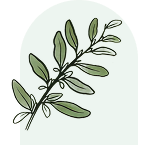
African Sage Oil
Known for its antimicrobial and anti-inflammatory properties, African sage oil helps protect nails and cuticles from infections while promoting a clean and healthy nail bed.
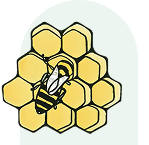
Beeswax
A natural humectant, beeswax helps lock in moisture while creating a protective barrier for the skin. It is rich in vitamin A, which promotes skin regeneration and soothes dryness.
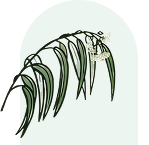
Eucalyptus Leaf
Eucalyptus leaf is known for its refreshing, clarifying properties. It has natural antibacterial and anti-inflammatory benefits that help cleanse the skin, promote relaxation, and provide a soothing, spa-like aroma.
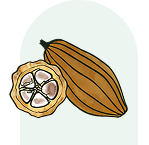
Organic Cocoa Seed Butter
A deeply moisturizing butter derived from cocoa beans, cocoa seed butter is high in fatty acids that nourish and protect the skin. It helps improve elasticity, reduce dryness, and provides a rich, creamy texture to skincare products.
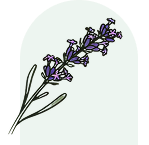
Lavender Flower
A well-known calming herb, lavender flower is rich in antioxidants and has natural antibacterial properties. It helps soothe irritated skin, promotes relaxation, and enhances overall skin health.
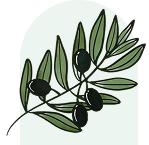
Extra Virgin Olive Oil
Packed with antioxidants and essential fatty acids, extra virgin olive oil deeply hydrates the skin while helping to reduce inflammation. It absorbs easily, leaving skin soft and nourished.
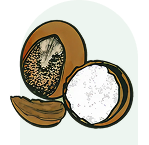
Unrefined Shea Butter
Sourced from the nuts of the shea tree, unrefined shea butter is packed with vitamins A and E, along with essential fatty acids. It deeply hydrates, soothes irritation, and supports skin elasticity without clogging pores.
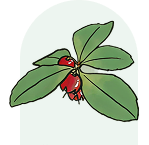
Wintergreen Leaf
Known for its refreshing and cooling properties, wintergreen leaf contains natural compounds that help soothe sore muscles and joints. It also has a pleasant, invigorating scent.
Complete Nail Care Guide
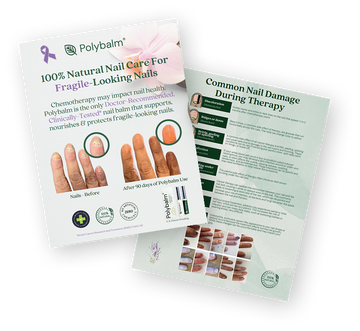
Complete Nail Care Guide
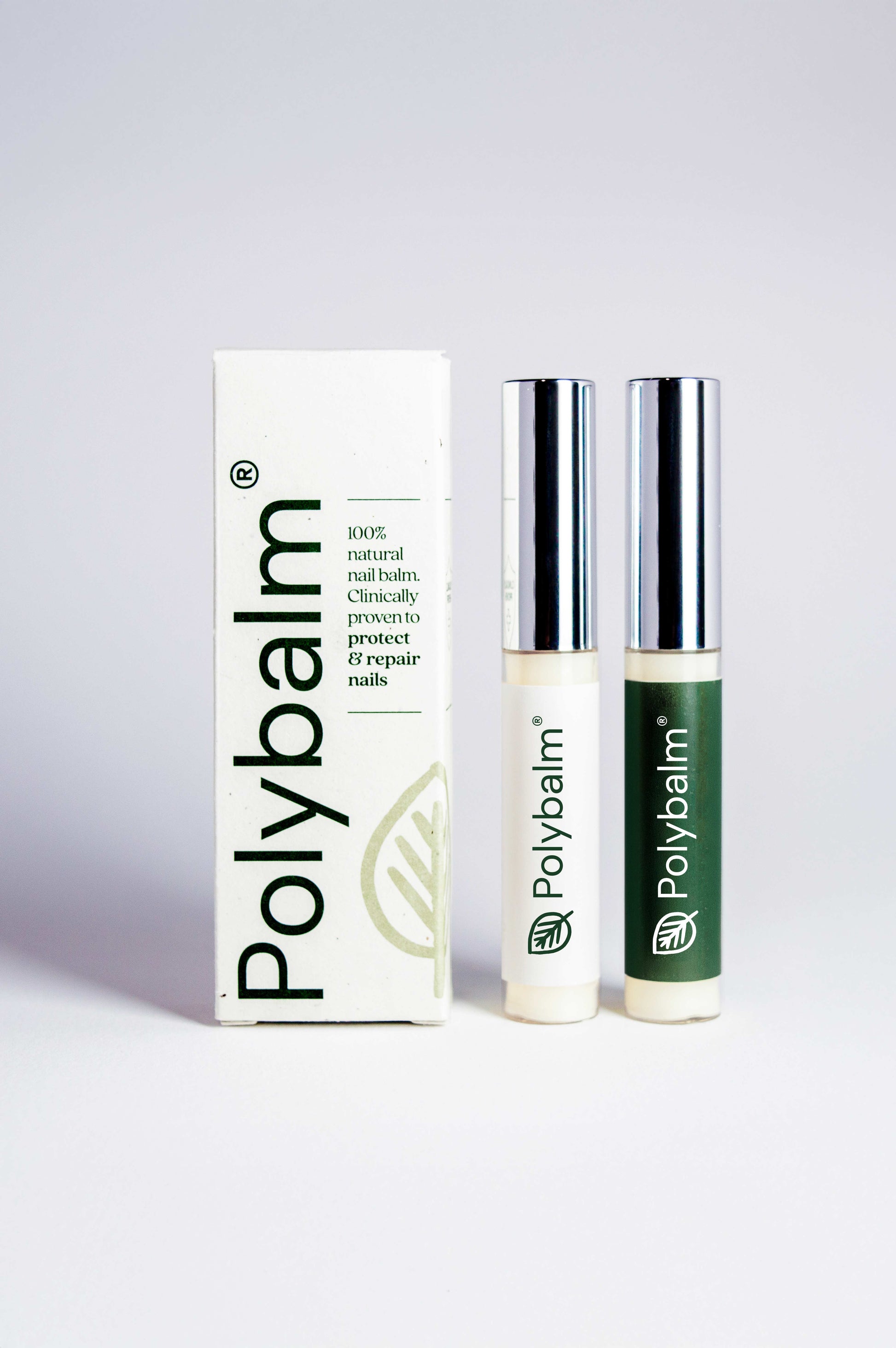
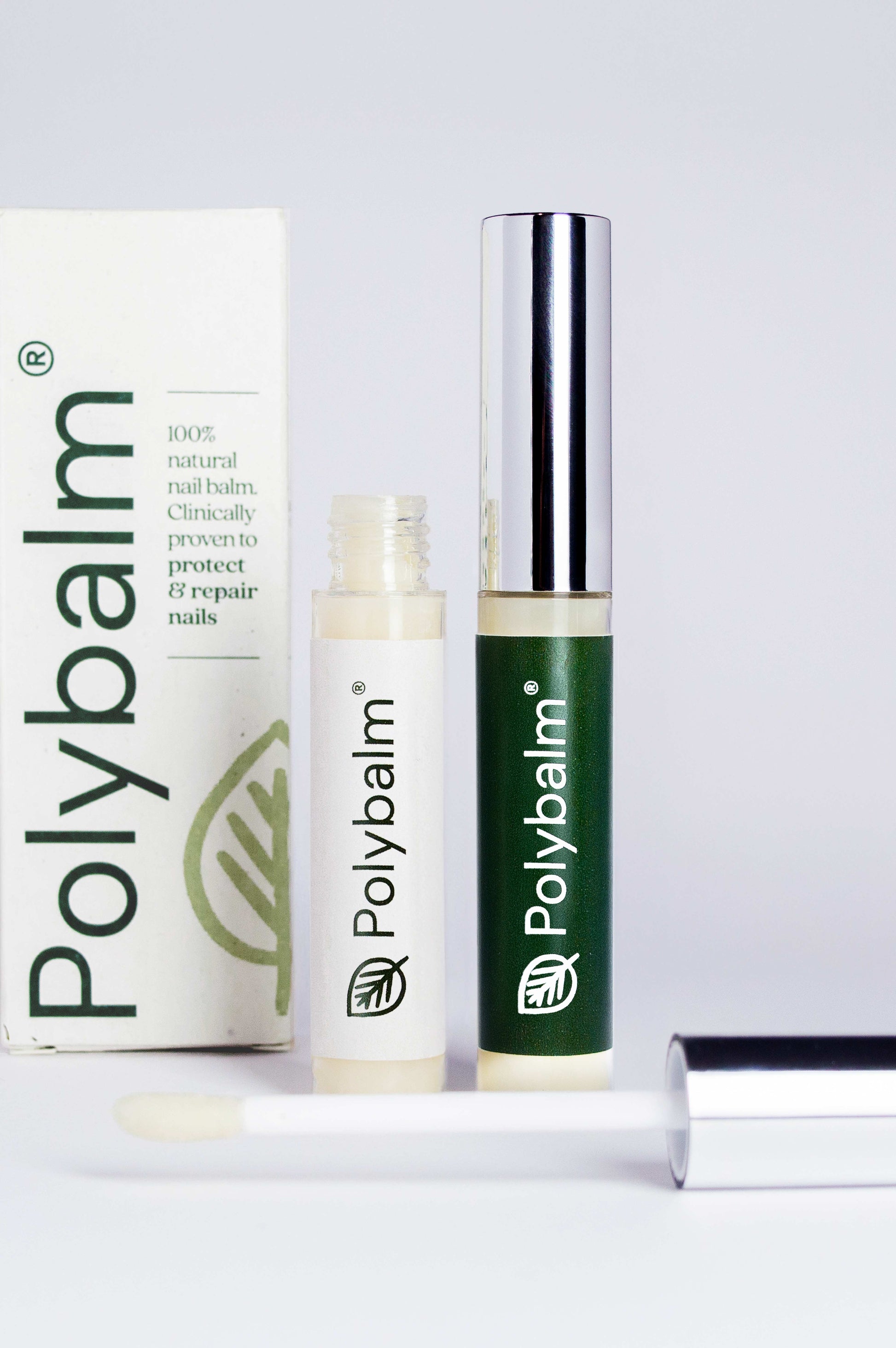
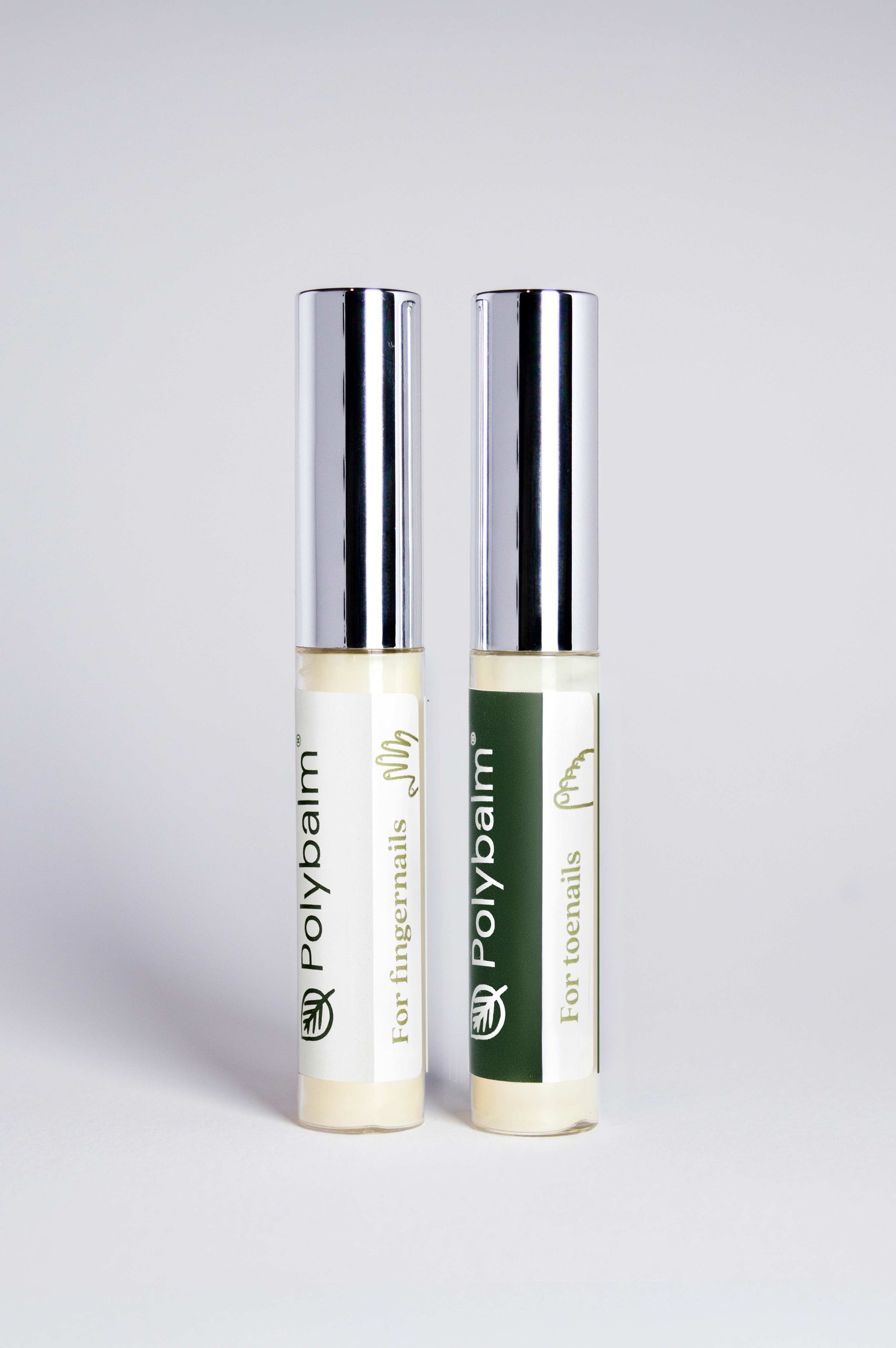
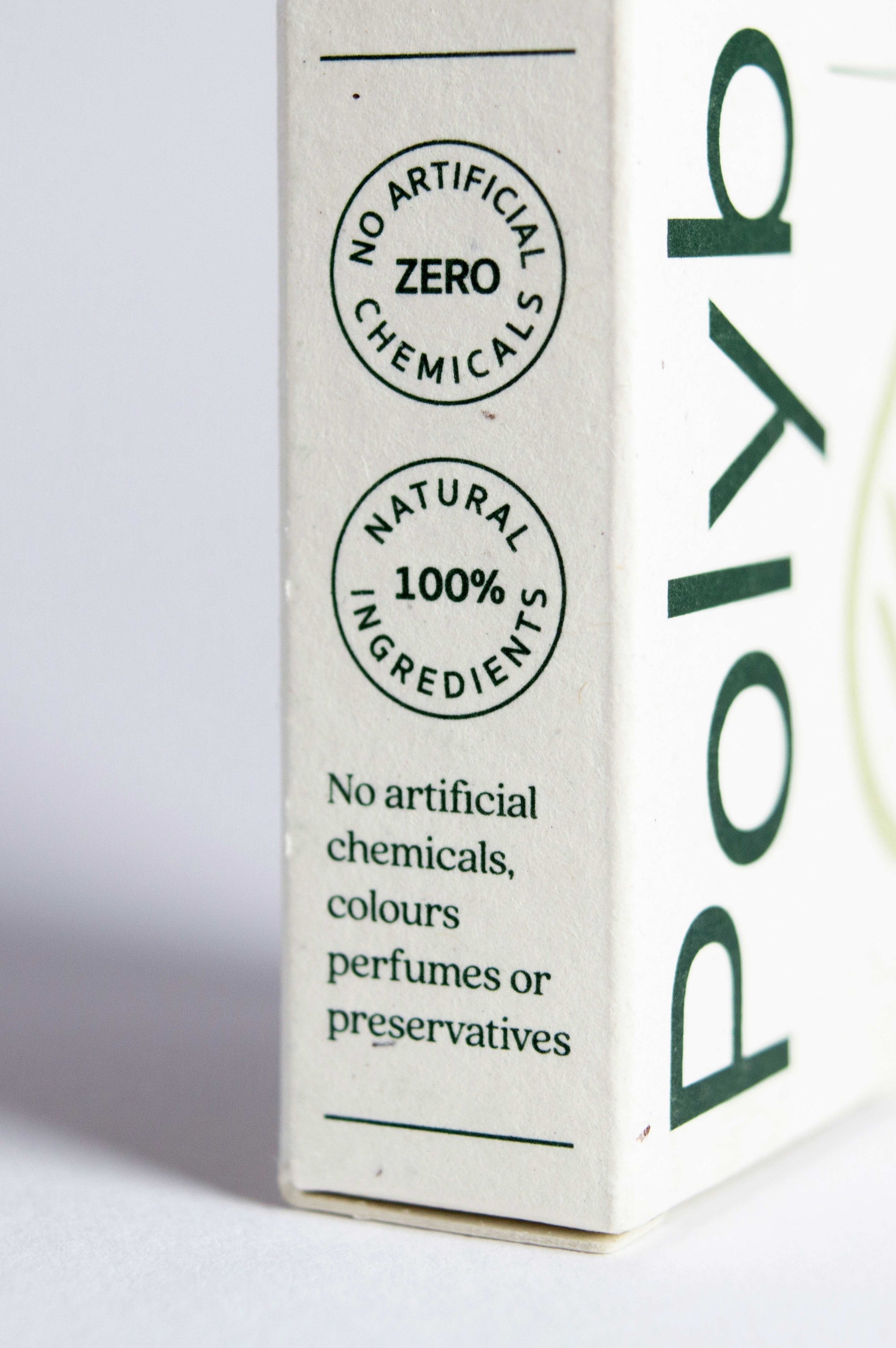
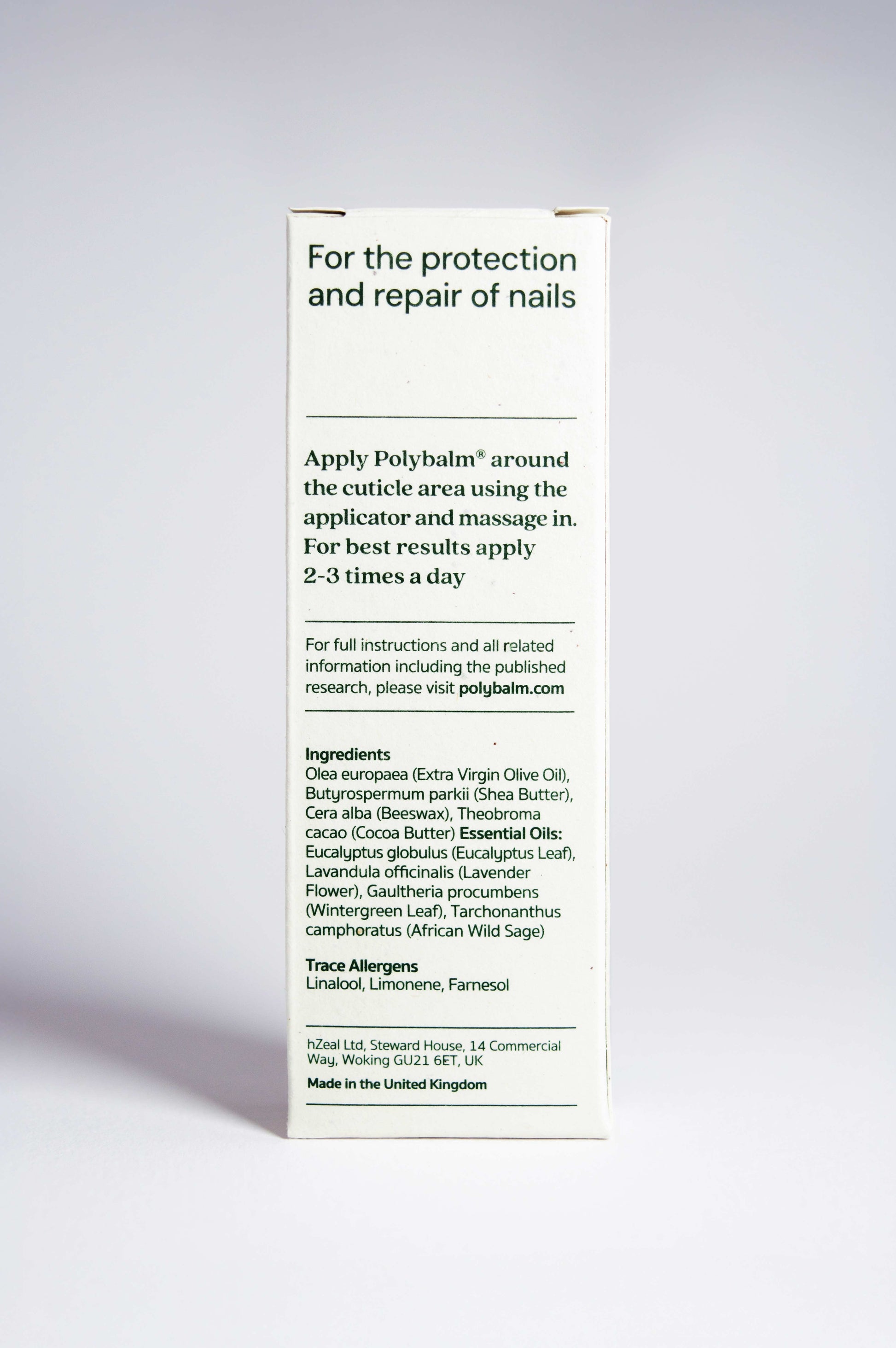
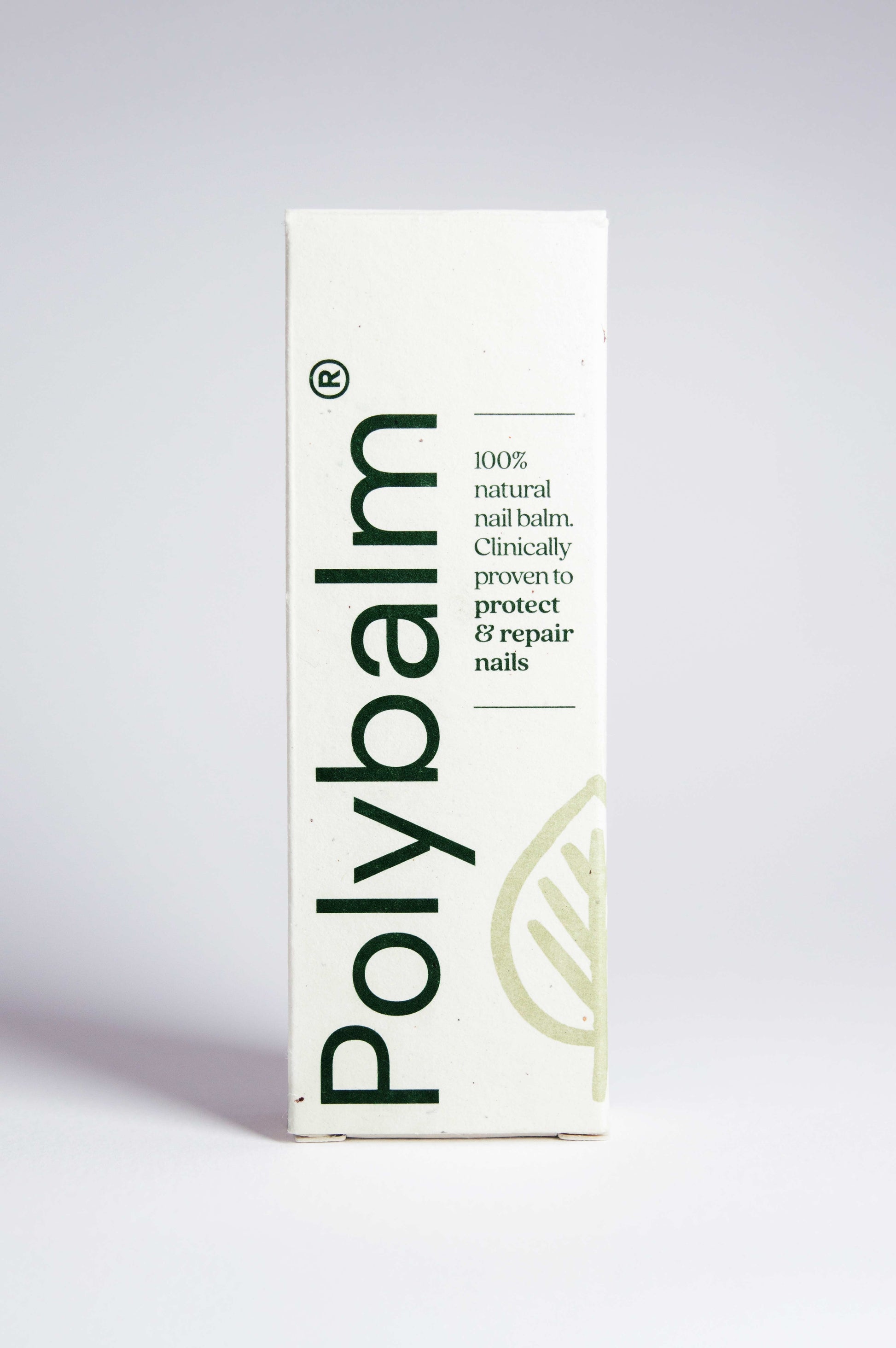

Restore Your Nail Health Today
100% Natural Ingredients
Clinically proven to strengthen, protect, and restore damaged nails. No artificial chemicals, synthetic additives, parabens, perfumes, or preservatives.
References
1. Minisini AM et al: Taxane-induced nail changes. Ann Oncol 14:333-337, 2003
2. Battegay EJ: Angiogenesis: Mechanistic insights. J Mol Med 73:333-346, 1995
3. Wasner G et al: Docetaxel-induced nail changes: J Neurooncol 58:167-174, 2002
4. Ding P & Thomas R: Solution for docetaxel onycholysis. Clin Focus Can Med 2(1):18-19, 2010
* Breast Cancer Research and Treatment (2018) 171:103-110
**British Journal of Dermatology, Volume 191, Issue Supplement_1, July 2024, Page i80
**Nail Toxicity Induced by Cancer Chemotherapy Patients (2015) DOI:10.5958/0974-360X.2015.00004.9
